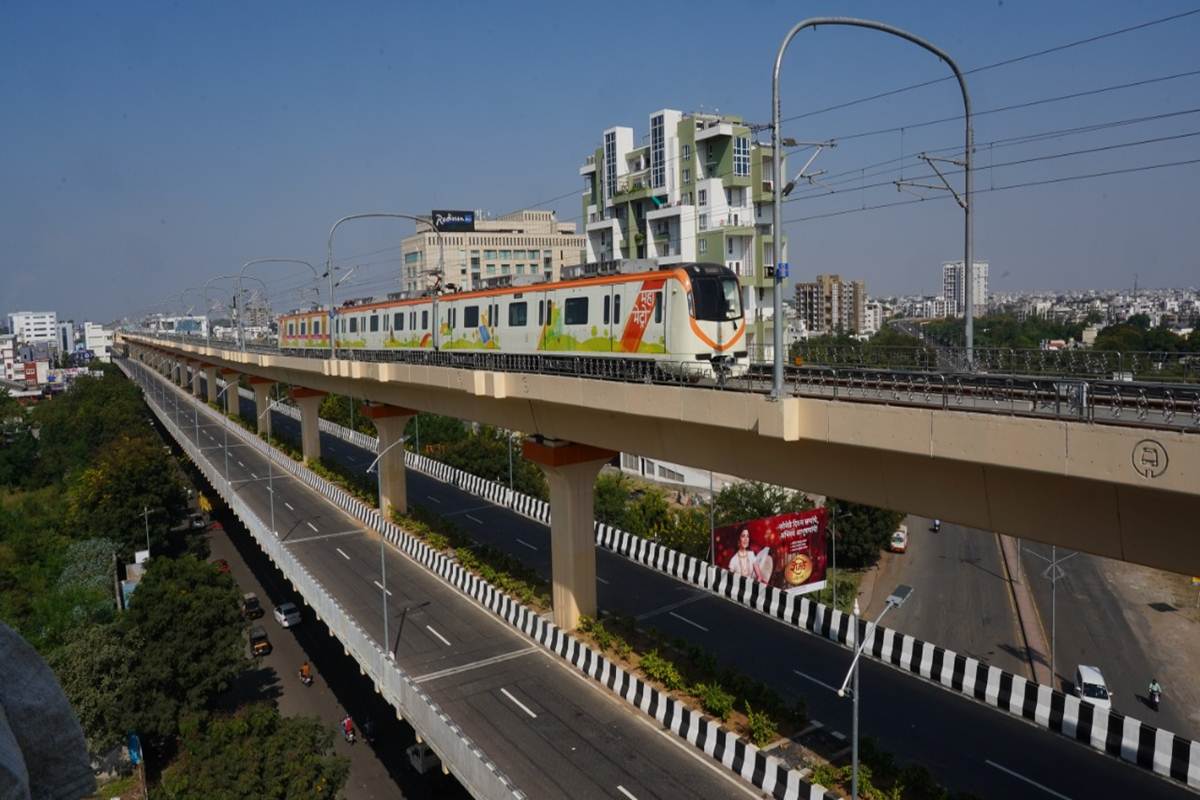Riding the metro has become more popular than ever, with record numbers of commuters hopping on board each day. The buzz around town is undeniable as nearly one lakh passengers are now choosing the convenience and speed of metro transportation. Let’s dive into the reasons behind this surge in ridership and explore how metros are shaping the future of urban travel.
Current state of metro ridership
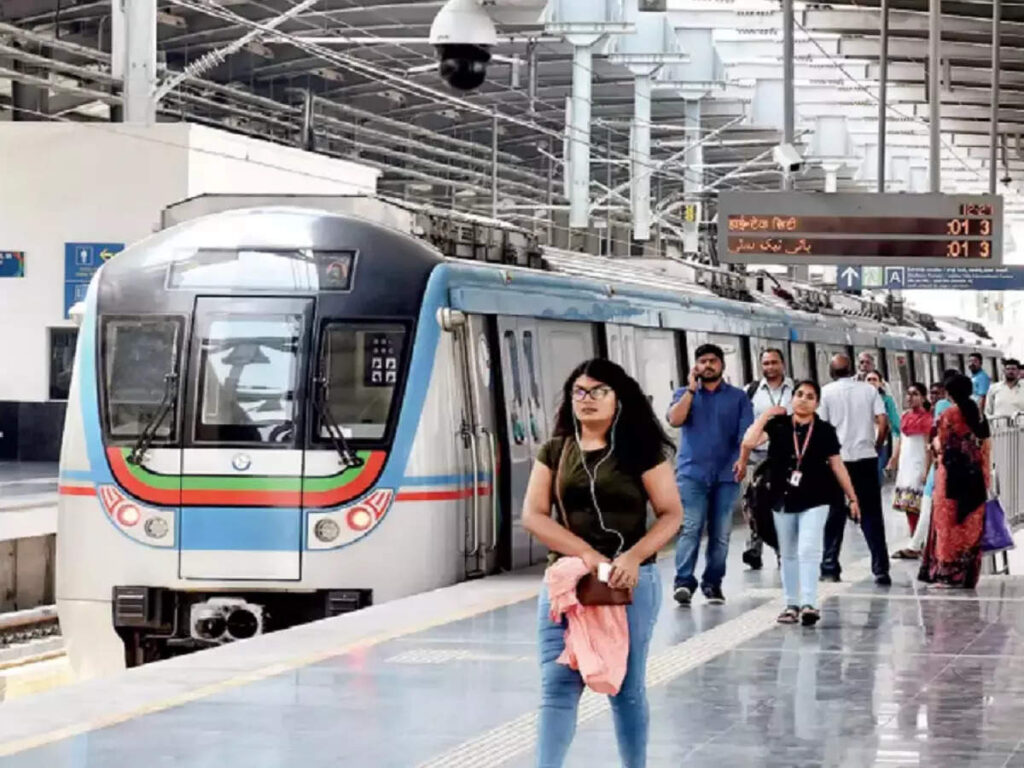
The current state of metro ridership is nothing short of impressive. With nearly one lakh passengers utilizing metro services daily, the trains are bustling with activity and energy. Commuters from all walks of life are choosing the metro for its reliability, efficiency, and environmental benefits.
Cities around the world are witnessing a shift towards sustainable modes of transportation, and metros play a crucial role in this movement. The convenience of avoiding traffic congestion, coupled with the cost-effectiveness compared to other forms of transport, has made the metro a top choice for many urban dwellers.
As more people recognize the advantages of using public transportation like the metro, ridership numbers continue to climb. This trend not only eases road congestion but also contributes to reducing carbon emissions and improving air quality in metropolitan areas.
In an era where sustainability is paramount and time is precious, it’s no wonder that metro ridership is at an all-time high.
Reasons for the increase in ridership
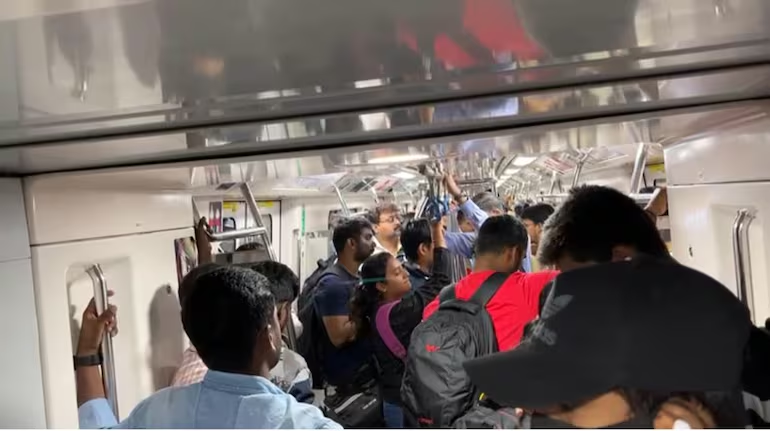
With the ever-growing urban population and increasing traffic congestion, more people are turning to metro systems for their daily commute. The convenience of avoiding gridlocked roads and unpredictable travel times is a significant driver behind the surge in metro ridership. In many cities, improved connectivity and expanded routes have made the metro a more accessible and attractive option for commuters. Additionally, rising awareness about environmental issues has led individuals to choose public transportation over personal vehicles.
Moreover, the affordability of metro fares compared to the costs of maintaining a car or using ride-sharing services has also played a role in attracting passengers. The efficiency of metros in terms of speed and reliability further encourages people to opt for this mode of transport. Various factors contribute to the increase in ridership as more individuals recognize the benefits that come with choosing the metro for their daily travels.
Benefits of taking the metro
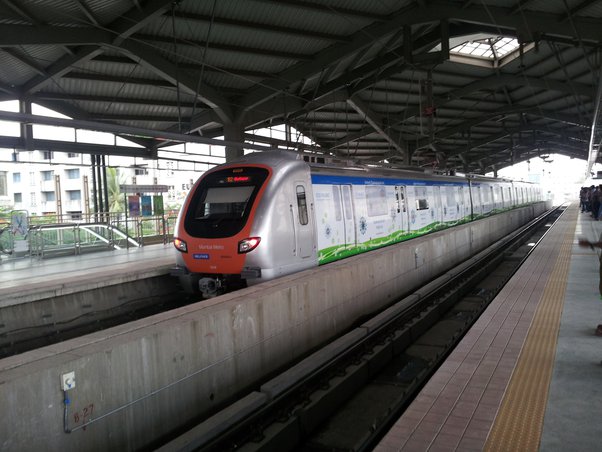
Taking the metro comes with a multitude of benefits that make it a popular choice for commuters. Riding the metro is cost-effective compared to driving or taking taxis, saving passengers money in the long run. Additionally, using public transportation reduces traffic congestion and helps lower carbon emissions, contributing to a cleaner environment.
Another advantage of taking the metro is its efficiency and reliability. With fixed schedules and dedicated routes, passengers can count on timely arrivals and departures without worrying about unexpected delays. Moreover, metros are often equipped with modern amenities such as Wi-Fi access and air conditioning, providing a comfortable travel experience for riders.
Furthermore, using the metro promotes physical activity by encouraging walking to stations and navigating through crowds during rush hours. This incidental exercise contributes to overall health and well-being for regular commuters. The convenience, affordability, sustainability, and health benefits make taking the metro an appealing choice for urban travelers looking for a seamless transportation option.
Challenges faced by metro systems
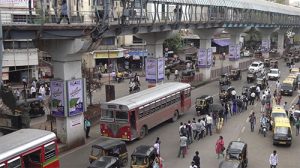
One of the challenges faced by metro systems is overcrowding during peak hours. As more people choose to ride the metro for its convenience, trains can become packed, leading to discomfort and safety concerns for passengers. This issue requires efficient crowd management strategies and potentially expanding train capacities to accommodate the increasing number of riders.
Another challenge is maintenance and infrastructure upgrades. To ensure a smooth operation, metro systems need regular maintenance checks and occasional upgrades. Disruptions caused by maintenance work can inconvenience commuters, highlighting the importance of careful planning to minimize disruptions while ensuring passenger safety.
Furthermore, fare affordability remains a crucial challenge for many potential riders. High ticket prices may deter some individuals from using the metro as their primary mode of transportation, especially in cities with lower average incomes. Finding a balance between covering operational costs and keeping fares reasonable is essential for encouraging greater ridership on metros worldwide.
Solutions to improve and sustain high ridership numbers
To improve and sustain high ridership numbers, metro systems can implement various solutions. One effective strategy is to enhance connectivity by expanding the network and adding more stations in densely populated areas. This will make it easier for commuters to access the metro system from different parts of the city.
Another solution is to offer incentives such as discounted fares during off-peak hours or loyalty programs for frequent riders. These initiatives can attract more passengers and encourage them to choose the metro over other modes of transportation.
Moreover, investing in technology upgrades like implementing contactless payment options or real-time updates on train schedules can enhance the overall commuting experience for passengers. This modernization can make taking the metro more convenient and appealing to a wider audience.
Furthermore, improving last-mile connectivity with feeder services like buses or bike-sharing programs can address the challenge of accessibility from metro stations to final destinations. By providing seamless connections, more people may opt for using public transport instead of private vehicles.
A combination of these solutions can contribute towards not only increasing but also sustaining high ridership numbers for metro systems in the long run.
The future of metro transportation
As metro ridership continues to soar and reach unprecedented levels, it is evident that the future of metro transportation is bright. With ongoing efforts to improve infrastructure, expand networks, enhance connectivity, and promote sustainable modes of travel, metros are poised to become even more integral to urban mobility worldwide.
With technological advancements such as driverless trains and smart ticketing systems on the horizon, the efficiency and convenience of metro travel will only increase. As cities grow and populations rise, investing in robust metro systems will be crucial for reducing congestion, curbing pollution, and fostering a more livable urban environment.
The continued success of metros hinges on collaborative planning between governments, transportation authorities, urban planners, and communities. By prioritizing accessibility, affordability, safety measures,and environmental sustainability in all aspects of metro operations,the future holds immense promise for transforming how people move around cities.
Embracing innovation,sustainable practices,and inclusive policies will be key in shaping a future where metros play a central role in creating thriving,mobile,and resilient urban centers. As we look ahead with optimism,it is clear that the journey towards enhancing metro transportation has only just begun. Let’s ride into tomorrow with confidence,determined to make our cities better connected,equitable,and environmentally friendly through the power of efficient mass transit solutions like metros.
To know more visit: https://travelyas.com

